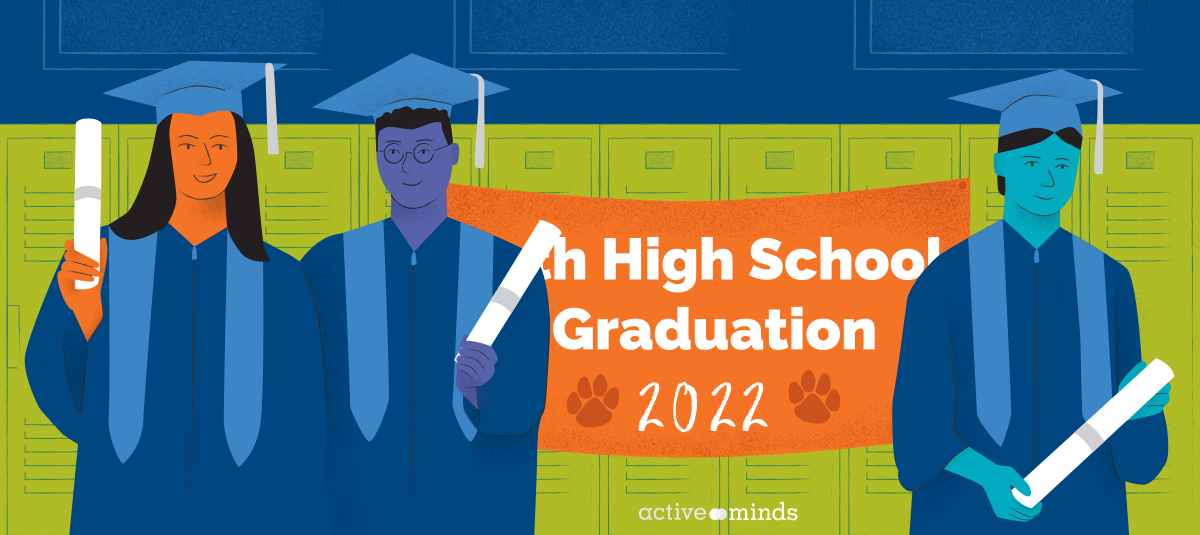When I look back at the past four years of high school, and ahead to the future as a graduate, one of the biggest changes that I saw in my community of classmates was around mental health culture. How schools view and address mental health can vary widely – some schools have the resources to provide adequate care and education, but many don’t. This gap is where students can step up, and take the lead – and that’s just what my classmates and I did. High school is a period in our lives that helps us learn who we are, the issues we care about, and what goals we want to set for the future. Mental health needs to be part of that conversation.
The beginning of my high school experience with mental health was unfortunately similar to many others. As I adjusted to the challenges and changes that come with high school, there were few mental health resources available, and minimal support from faculty, staff, and counselors. My personal and academic life greatly affected my mental health in high school, usually in negative ways. I often found myself wanting to have a conversation about the struggles I was going through and trying to find a community where I felt supported, but seeing none.
What finally flipped a switch and started a culture change at my school was starting an Active Minds chapter. Active Minds helped me with two main things in terms of mental health: advocacy and education.
Through Active Minds, I learned how to educate myself and others around me on mental health topics. For example, the tool V-A-R®, or Validate, Appreciate, Refer®, guided me in developing a method to listen and respond to mental health conversations with my friends and classmates that had previously been difficult to navigate. With the help of my other Active Minds members, we were also able to advocate for mental health resources, especially for the BIPOC and LGBTQ+ community at my high school. We specifically used Active Minds’ guides on campus advocacy and diversity, equity, and inclusion; these resources played a big part in educating me on how to create long-term change at my high school.
After high school, the next chapter of life can mean many things. For some people, it is attending college, for others, it is finding a job or taking a gap year. Everyone has their goals and dreams in life, but something important to remember is that no matter where someone goes or what someone does, a person’s mental health is a constant in life. For me, the next chapter of my life will be attending college this fall. College is going to be a major shift in life due to the new location, new people, new classes, and more responsibility, meaning my mental health will also be experiencing an impact – but this time, I’m prepared. I’m starting to think ahead about what I know can affect my mental health, such as overwhelming schedules, impossible to-do lists, or not enough alone time. Thanks to the skills I’ve learned from my community during high school, I feel ready to address these areas before they become a problem.
As I navigate the journey into my next chapter of life, I want to leave a few pieces of advice that I think will remain relevant no matter what’s in store in the future. First, make sure you surround yourself with supportive people. A supportive environment will not only help you be confident and safe, but it can also help you reach success in whatever your goals are. Secondly, make sure to prioritize your mental health, even (and especially!) when it may feel difficult to do so. Whether it be through taking a walk or simply completing your chores, it’s important to remember that taking care of your mental health is as important as taking care of your physical health. Finally, to the class of 2022, I am so proud of us for getting through these past few unusual years and I cannot wait to see what the future has in store for me and my fellow graduates.




